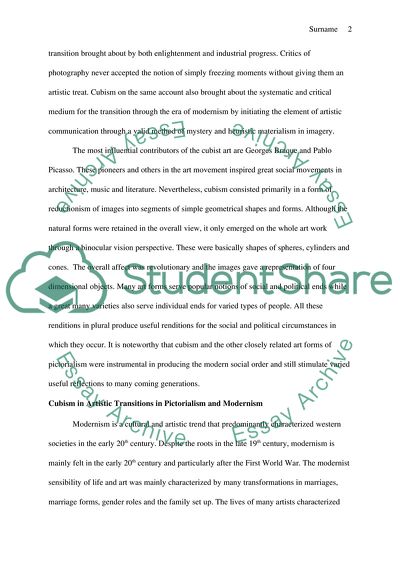Cite this document
(Cubism and Its Impact on Fine Art Photography Essay, n.d.)
Cubism and Its Impact on Fine Art Photography Essay. https://studentshare.org/visual-arts-film-studies/1813897-cubism-and-modern-photography
Cubism and Its Impact on Fine Art Photography Essay. https://studentshare.org/visual-arts-film-studies/1813897-cubism-and-modern-photography
(Cubism and Its Impact on Fine Art Photography Essay)
Cubism and Its Impact on Fine Art Photography Essay. https://studentshare.org/visual-arts-film-studies/1813897-cubism-and-modern-photography.
Cubism and Its Impact on Fine Art Photography Essay. https://studentshare.org/visual-arts-film-studies/1813897-cubism-and-modern-photography.
“Cubism and Its Impact on Fine Art Photography Essay”. https://studentshare.org/visual-arts-film-studies/1813897-cubism-and-modern-photography.


